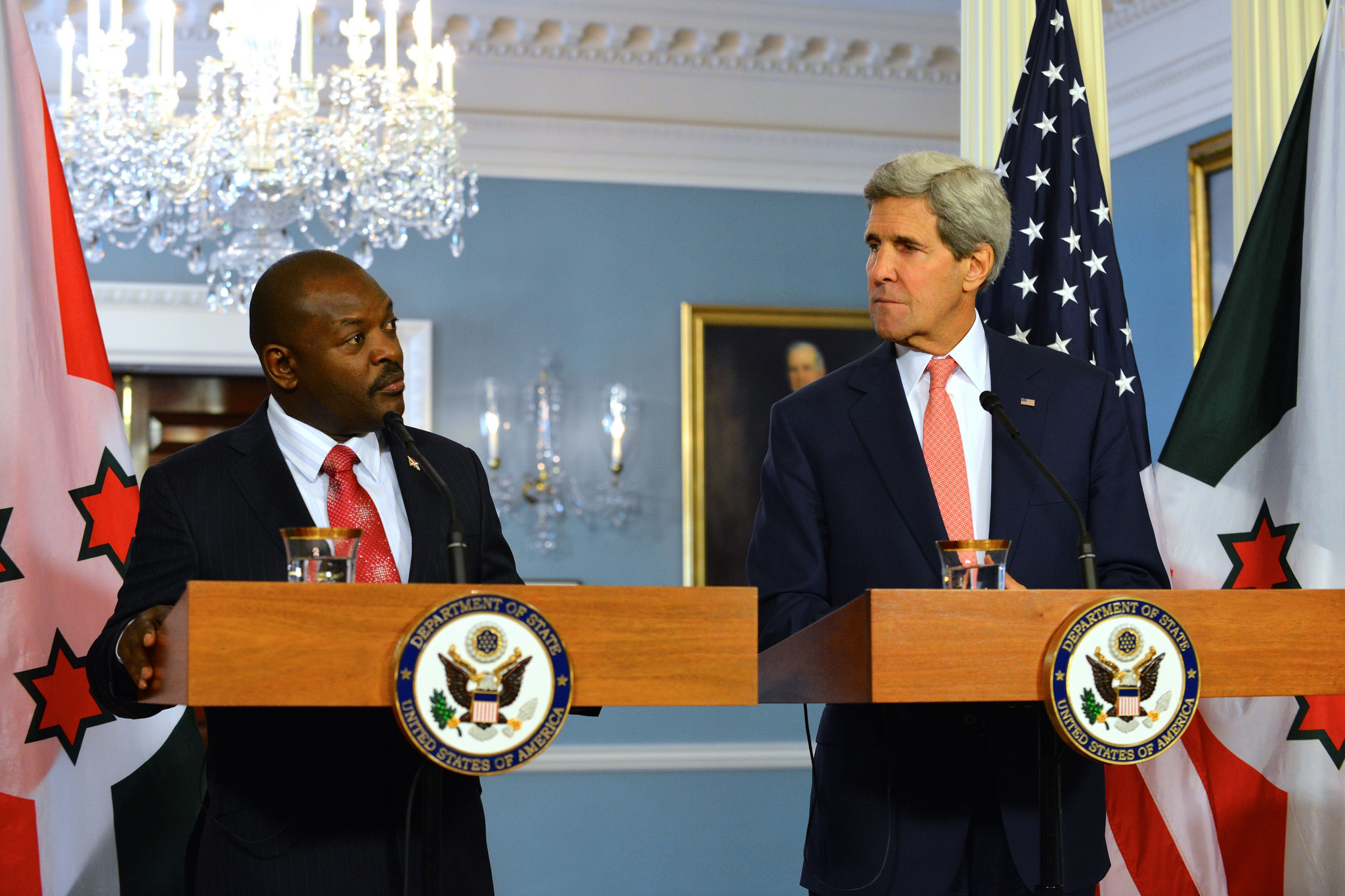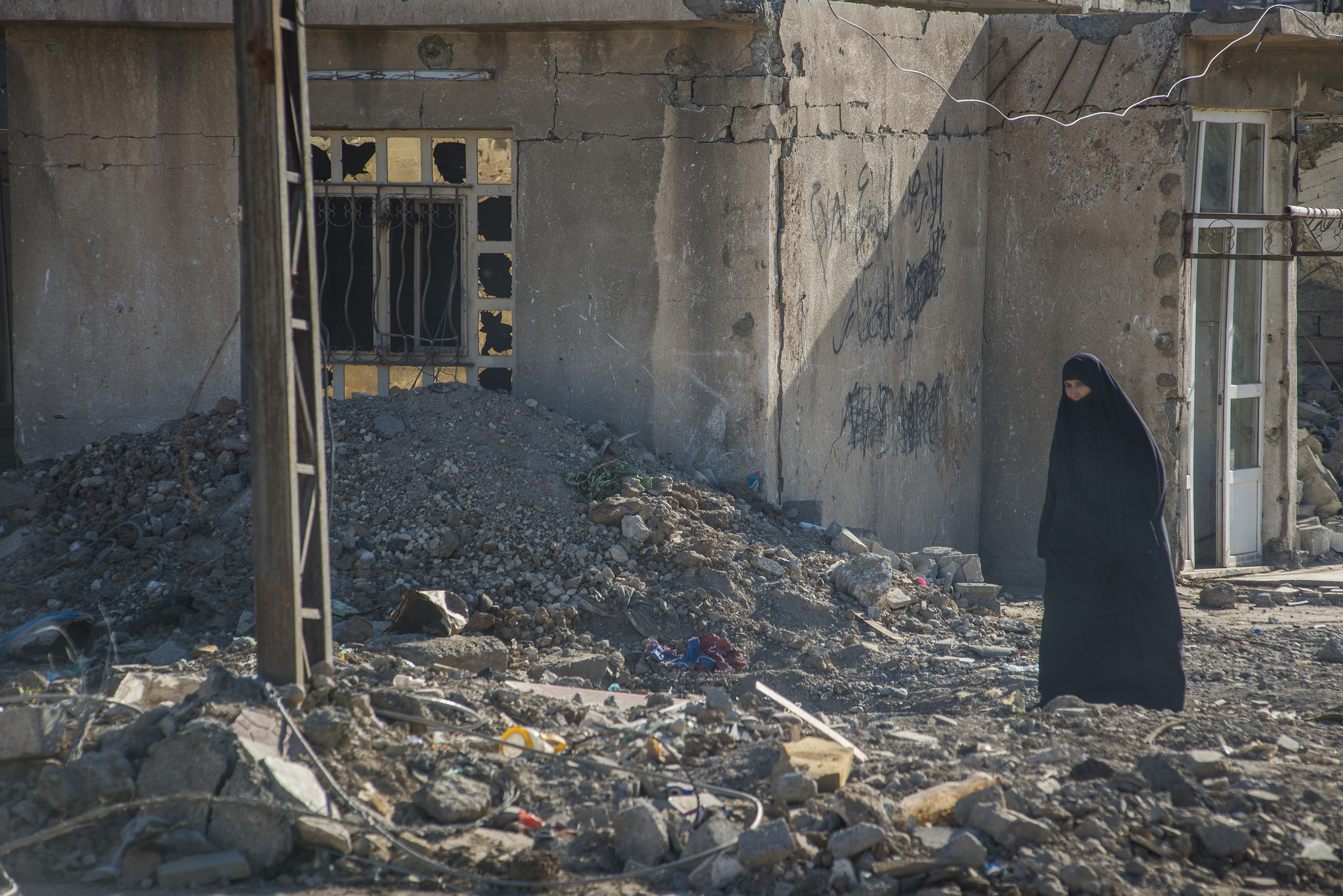Guest post by Ches Thurber.
The Quit India Movement against British imperialism. The Anti-Apartheid struggle in South Africa. The Civil Rights Movement in the United States. Several of the most iconic cases of civil resistance have occurred across ethnic, racial, or religious lines. Despite this, the recent wave of research on civil resistance (see here, here, and here) has paid relatively scant attention to dynamics of race and ethnicity. This stands in stark contrast to the overwhelming focus on the role of ethnicity in the study of violent conflicts.
One reason this might be the case is that the campaigns mentioned above are, in fact, exceptional. In a recently published article at the Journal of Global Security Studies, I gather data on the ethnic composition of violent and nonviolent campaigns between 1945 and 2006. The contrasts are striking. While nonviolent campaigns are on average more diverse than violent ones in terms of the number of ethnic groups that participate, they primarily draw participants from “privileged” ethnic groups—those that already occupy significant positions of executive power in government. 65 percent of nonviolent campaigns were initiated by members of an ethnic group ranked by the Ethnic Power Relations dataset as having one of the three highest levels of political power, while only 25 percent were initiated by an ethnic group “excluded” from political power.
Violent campaigns look nearly the opposite: only 31 percent were initiated by a privileged group while 52 percent were initiated by excluded groups. The difference is seen not just in the demographic composition of the movements themselves, but also in the political claims they make. Only 20 percent of nonviolent campaigns feature political claims involving ethnic grievances, while 57 percent of violent campaigns do so. I also find that excluded ethnic groups are less than one third as likely to initiate a civil resistance campaign as high-status groups.
Why might this be the case? I argue that the strategic logic of civil resistance (see here, here, and here) presents obstacles for small, marginalized ethnic groups that larger, more privileged groups don’t face. Specifically, ethnic groups that are excluded from power anticipate that they will struggle to generate mass mobilization and to win over defections from the regime and, as a result, are more likely to be repressed with impunity.
A study by Isak Svensson and Mathilda Lindgren shows that civil resistance campaigns in non-democracies succeed in achieving their political goals less often when the identities of the protesters and the regime are split along ethnic lines. My research shows that the effect of ethnicity may be even more pervasive, conditioning which groups even attempt civil resistance in the first place or which groups are able to mobilize to the point of just making it into our global datasets.
Taken together, these findings complicate the dominant narrative in civil resistance studies that nonviolent methods are effective across all conditions. This may be due to the fact that, to date, the literature has focused on showing that where you are (i.e. what kind of state) seems to matter little in shaping the prospects for civil resistance. My research, however, suggests that who you are—not just where you are—matters.
Of course, the takeaway is not that civil resistance cannot work for marginalized ethnic groups. The cases of India, South Africa, and the United States prove otherwise. What my research does show, however, is that scholars of civil resistance need to think seriously about the ways in which social cleavages and identities shape the dynamics of nonviolent conflict. Are some tactics more effective than others for ethnic minorities? When and how is it possible to forge a larger coalition? Is international support more or less helpful in these cases?
Advocates of civil resistance, meanwhile, would do well to think hard about why members of marginalized communities might be skeptical about the consequences of initiating a civil resistance campaign even in the face of global statistics touting its effectiveness. Moving beyond recent efforts to generate universal “playbooks” for how civil resistance is to be done, the next step might be to supplement these general guidelines with context-specific lessons from cases where minority groups successfully overcame barriers to civil resistance. The tactics employed by Gandhi, King, and Mandela all offer extremely promising places to start.
Ches Thurber is an Assistant Professor in the Department of Political Science at Northern Illinois University. You can follow him on Twitter at @chesthurber.




